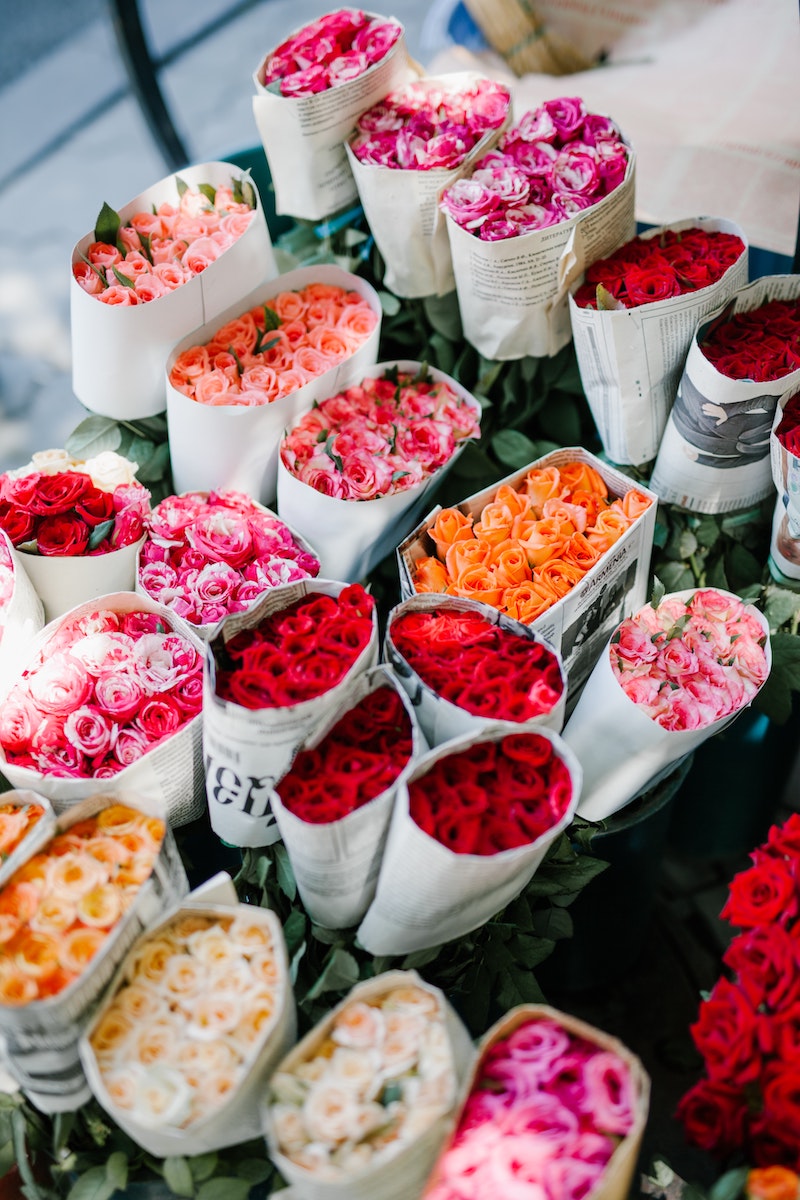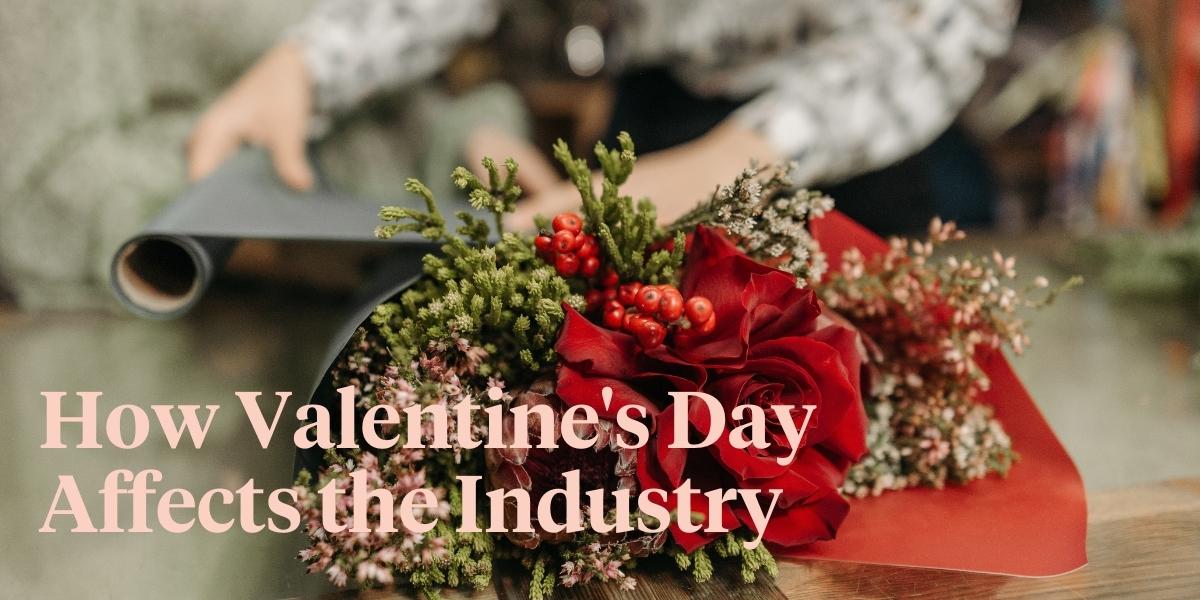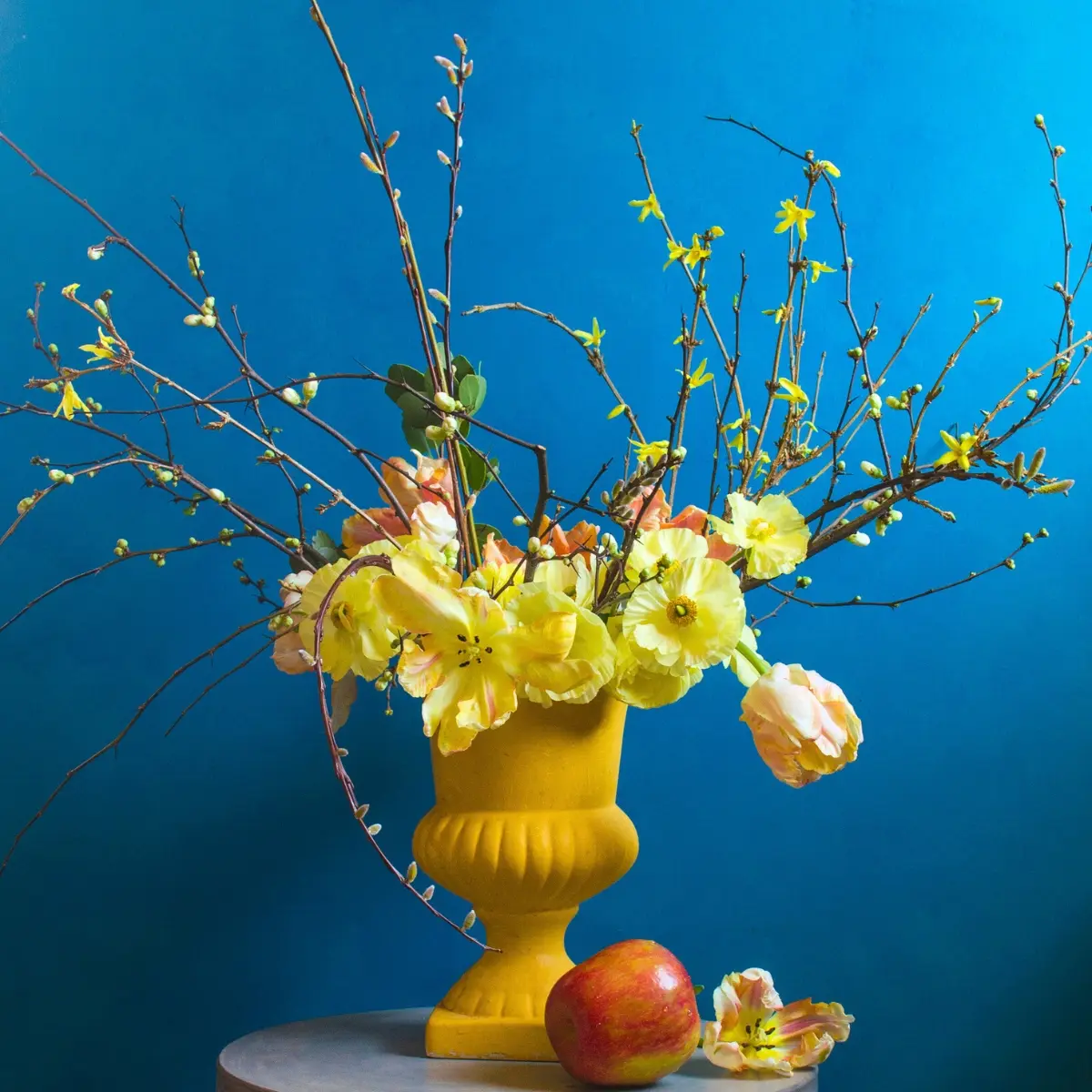If you’re a part of the floral industry, you know just how important Valentine’s Day is for business. In fact, Valentine’s Day and Mother’s Day are the biggest holidays of the year for the floral industry. According to the Produce Marketing Association (PMA), Valentine’s Day makes up 25% of the holiday market share and sells approximately $1.9 billion worth of cut flowers every year – these figures are for the U.S. alone.
Valentine's Day in the Floral Industry
Since so much goes into this holiday, Valentine’s Day is certainly one of the most important occasions in the year for those in the floral industry. However, like any other holiday, it has both pros and cons to offer. In this article, we will discuss how Valentine’s Day affects the floral industry and the advantages and disadvantages that come with the holiday.

Con: Floral Industry Logistics and Planning
The majority of flowers sold in the U.S. aren’t grown here but rather imported from South American countries like Colombia and Ecuador. The logistics and planning that go into preparing for Valentine’s Day are a major con of the holiday. The floral industry supply chain is a complicated one, and logistics have never been easy. Since flowers have to be grown and ordered in advance, it requires months of planning and organizing. Timing must be perfect so flowers can make their way across the world in time to be delivered to customers. Growers, suppliers, those in logistics, wholesalers, and florists all have their roles to play, and ensuring high-quality, fresh flowers are essential.
Pro: High Demand and Sales
The major advantage of Valentine’s Day is the high demand and sales that come with it. Millions of Americans buy flowers on Valentine’s Day. According to the Society of American Florists (SAF), more than 250 million roses are grown specifically for Valentine’s Day. In 2019, 28% of all American adults purchased flowers and plants as Valentine’s Day gifts.

Whether it’s the classic red rose, other rose varieties, or carnations, this is the time of the year that floral industry businesses can maximize their sales.
Con: Shortages and Supply Problems
Unfortunately, the floral industry still continues to feel the effects of the COVID-19 pandemic. Because of problems with logistics and shipping, farms and growers shutting down, others cutting back growth, and the weather conditions in countries like Colombia and Ecuador, some flowers have been in high demand but aren’t available for sale. Despite the demand for flowers having picked up, supply issues are still being worked out. Shortages and issues securing flowers are a major con of the holiday.

Pro: Valentine’s Day as a Baseline
Whether or not your business has a successful Valentine’s Day, one thing is for sure – it sets the tone for the rest of the year. Growers know how much wholesalers will require, and wholesalers will get their cues from retail florists, supermarkets, and designers.
Since the process starts months in advance, all of this serves as a guide on what to do for other holidays such as Mother’s Day, Easter, etc, and how to further improve sales for the next year.
For more insights into the floral industry, check out New Bloom Solutions’ other blogs. To meet our floral industry consultants and experts, schedule an appointment with us here.










